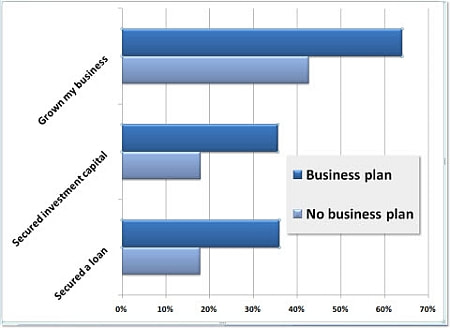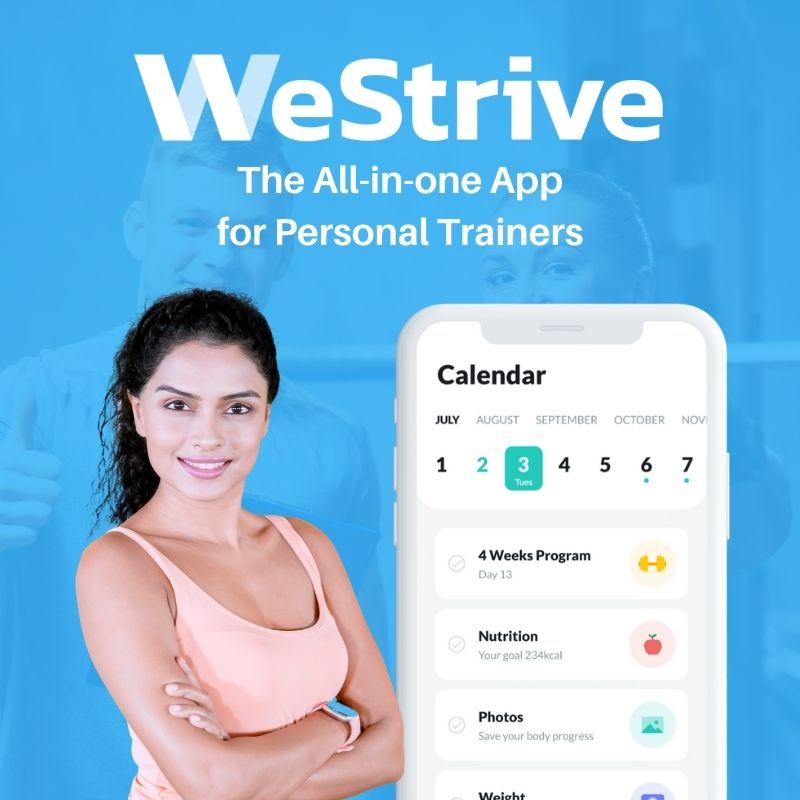|
FREE GUIDE: HOW TO LAUNCH AN ONLINE PERSONAL TRAINING BUSINESS
IN JUST 7 DAYS
✓ The new, better way of launching an online business
✓ The fastest way to create in irresistible offer ✓ A simple system to sell to clients who are interested |
|
A personal trainer business plan is a document that contains information regarding your business’ short-term goals, long-term objectives, and its operations. It also contains detailed information regarding various aspects of your fitness venture. Why Do You Need a Business Plan?According to research data collated by Palo Alto Software founder Tim Berry, entrepreneurs who complete a business plan seem to be twice as likely to become successful in all business objectives than those who don't. Essentially, the business plan acts as a roadmap to the growth and development of your personal training business. Business plans perform four key functions:
Without a convincing business plan, no financier and governmental organization will approve fitness funds and permits to make your business a reality. The investors will want to know how skilled and knowledgeable you are in the fitness field, and they will seek to invest in personal trainers who also understand business and can create a plan to make their fitness business a success. Features of a good business plan A good business plan is one which is:
Elements of a business plan
A well-written business plan can make all the difference for your personal training venture. Writing a great plan is not rocket science but requires you to understand that you are a business owner, your industry, your competitors and the market well. Besides you will also need to be able to predict how your service will be received and how to apply suitable marketing strategies where needed to achieve the desired results. The key is to present all of the above information in a way that it's easy to read, understand and free from blurred areas to show that you know what you are doing. Here are 9 essential steps to draft your personal trainer business plan. Recommended Resource: Download your Personal Trainer Business Plan Template 1. Writing Your Business DescriptionYour business description is the long description which explains every aspect of your business such as:
If your business plan is to open a fitness center, you’ll have to include all details about the facility, licences, lease agreements and so on, everything that will affect your gym and its future. 2. State The Objectives of Your Fitness BusinessHere, you’ll need to give a detailed description of your:
You’ll need to give an in-depth account of how you intend to achieve these goals. Include investment requirements, your marketing strategy, revenue forecast, profit expectations, etc. 3. Describing Your Fitness ServiceBe sure to include all information about your personal training services you’re planning to provide, including:
This is the part where you include all information about how you plan to operate you fitness business. 4. Providing the Market AnalysisThe market analysis should contain information regarding your:
The primary research should indicate the viability of your fitness business and the secondary research should support the need for your business through relevant and up-to-date statistics and reports. Look up fitness industry statistics from the last two years in your area, check what's trending, what people buy more. Don't forget to learn more about your competitors and also if you plan to open your own facility, get quotes from a few suppliers to understand the level of investment required. Statista and IbisWorld both have plenty of fitness industry statistics available for you. Be ready to pay if you needed to download their reports. 5. Detailing the Organizational HierarchyThe organizational hierarchy shows the structure of your fitness business. If you are a freelance personal trainer and don't plan to hire anybody just yet, you will be the CEO, the Operations Manager, Marketing Manager, Sales Manager and Head of Client Care of your business in one person. You will still need to show you understand these roles and have a strategy to fulfil them. For a fitness facility, you’ll need to explain how the center will be organized. You’ll need to answer some questions such as:
You may also need to explain your HR policy here. 6. Explain the Operational StrategyNext, you’ll need to explain how you intend to promote your fitness services.
All these questions need to be answered here. If you have plans of partnering with other gyms or fitness product sellers, you’ll need to explain how this move fits into your marketing strategy, and what benefits it will bring your personal training business. 7. Projecting Financial Growth and Charting the Funding RequirementsThe end objective of any fitness business is to make money, and this objective is shared by your potential investors. Funding is crucial to make this a reality. In this section, you’ll need to project the potential figures that you expect out of your venture and show you understand your business numbers, such as:
You’ll need to attach balance sheets, P&L accounts, income statements, and cash flow statements (of up to 6 years from the date of starting operations) with your projected figures in the appendix. If you are just starting out, you won't have exact fitness business figures available, but you can show the investors how you handle finances by allowing them access to your personal records. Also, investigate and research fitness industry statistics and data to back your projections regarding your business growth expectations. Try to be as accurate and realistic as you can. Remember that no investor expects profits in the first year. It’s alright if you project a loss, as long as you show how you’ll recover and profit in the next few years. Next, you can make the funding requirements. State the amount of finances you need for your personal training business to take-off and be detailed about how you intend to use this money. Also, state the equity share/convertible debt that you’re willing to provide the investor. You also need to include whether or not you’re planning to go public in the future (that is, raise money from the public by giving shares to your business). 8. Drafting the Executive SummaryThe executive summary is the most important part of your business plan. It is the brief description of your fitness business, which lists out all the key points of your proposition, keeping in purview the long-term objectives of your fitness venture. Essentially, this is the paragraph that your investors will read to understand your business. If they like what is in the executive summary, they’ll keep your proposition for consideration. We always recommend that you write your executive summary at the end, as by then you’ll have a thorough understanding of your personal training business proposal. 9. Proof-read and Re-draft if Necessary Finally, proof-read and verify whether your business plan ticks all the boxes or not. Have someone else go through the plan to spot grammar or context errors. Ask them if what you put together makes sense for them and if they can easily understand your proposal.
Remember, if you’re finding your business plan a challenge to read, then chances are, your investors will too. Re-draft as necessary and only submit once all your doubts are clarified. |
Our All In One Platform
Check out out all in one business & marketing platform for personal trainers!
WEBSITE BUILDER | FUNNELS |MEMBERSHIPS | SCHEDULING| EMAIL MARKETING| PAYMENTS| CRM | AI ASSISTANT | SURVEYS
Popular Articles
Trusted Partners
We work closely with some of the best service providers in the fitness industry.
Categories
All
|









